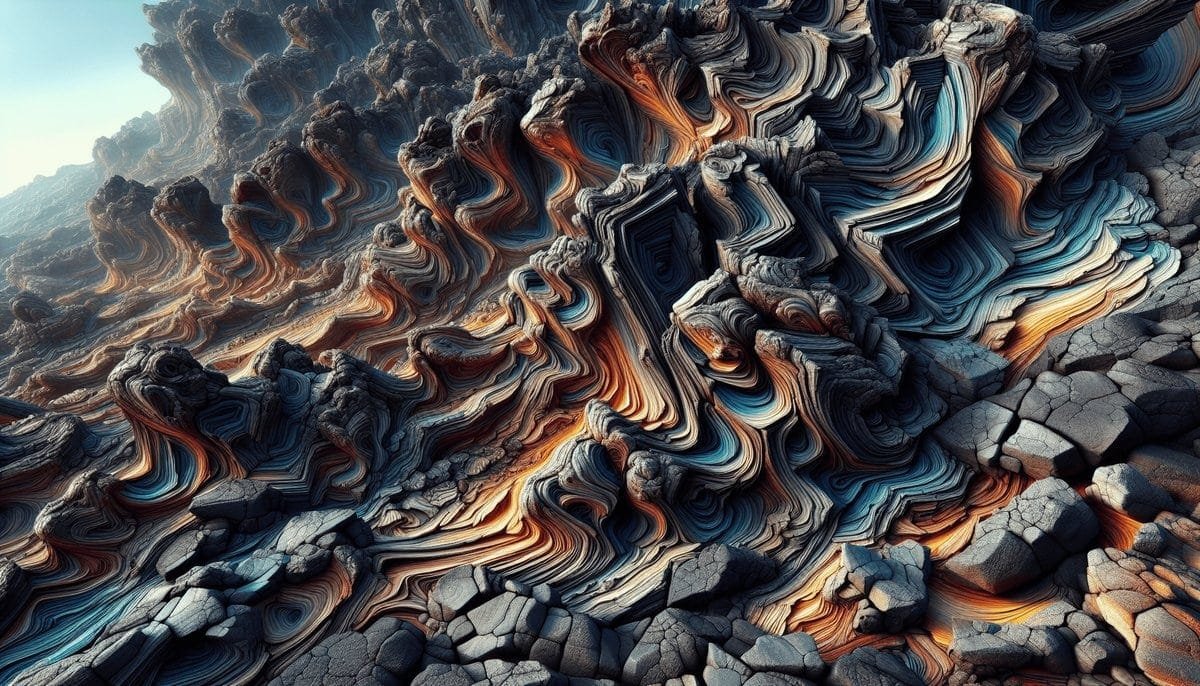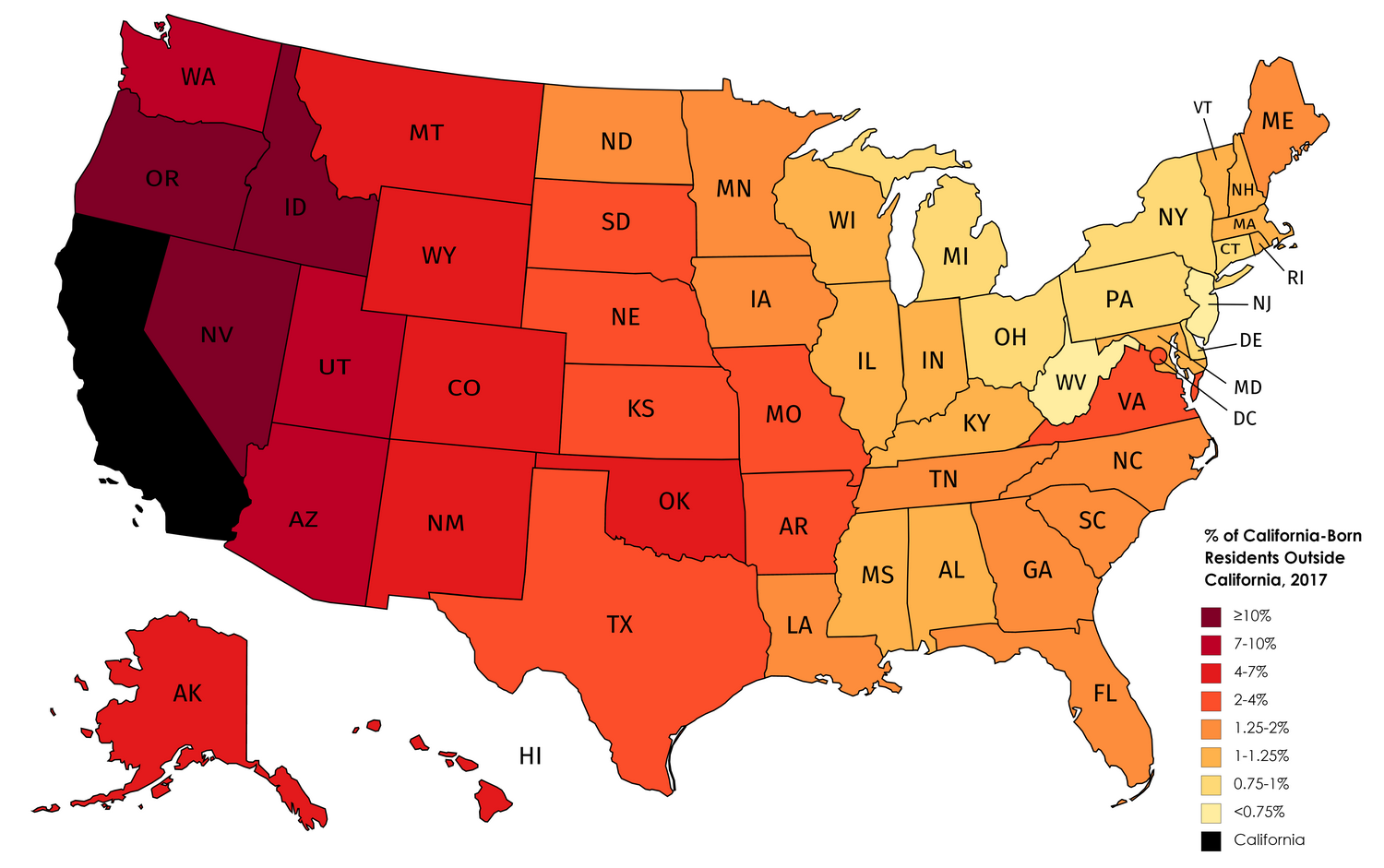Yellowstone's Magma Reservoir: Predicting Future Volcanic Events

Table of Contents
The Yellowstone Magma Reservoir: Size, Composition, and Location
The Yellowstone magma chamber is far more than a simple pocket of molten rock; it's a vast and intricate system extending for tens of kilometers beneath the surface. Its sheer size contributes to the park's geothermal features, from geysers like Old Faithful to bubbling mud pots. The reservoir isn't entirely molten; it's a complex mixture of molten rock (magma), partially molten rock, and solid rock. The dominant magma type is rhyolite magma, known for its high silica content and its tendency to produce explosive eruptions. Understanding the precise composition and distribution of this magma is crucial for predicting future behavior.
- Dimensions: The magma reservoir's dimensions are still being refined through ongoing research, but estimates suggest it extends tens of kilometers in diameter and several kilometers in depth.
- Molten vs. Solid: The percentage of molten rock within the reservoir varies significantly, making it a dynamic and constantly evolving system. Current estimates suggest a substantial portion is molten, fueling the ongoing geothermal activity.
- Geographic Location: The magma reservoir lies beneath the Yellowstone Caldera, a massive depression formed by past super-eruptions. Its location directly influences the distribution of surface geothermal features.
Monitoring Techniques for Volcanic Activity at Yellowstone
Scientists employ a sophisticated network of monitoring techniques to detect subtle changes within the Yellowstone's Magma Reservoir, providing crucial insights into its behavior. These techniques are essential for assessing volcanic risk and issuing timely warnings.
- Seismic Activity: A dense network of seismometers constantly monitors earthquake activity, providing valuable data on magma movement and pressure changes within the reservoir.
- Ground Deformation: GPS measurements and InSAR (Interferometric Synthetic Aperture Radar) track subtle changes in the ground's elevation, indicating the inflation or deflation of the magma chamber. Uplift can signal magma accumulation, while subsidence may suggest pressure release.
- Gas Emissions: Monitoring the composition and flux of gases like carbon dioxide, sulfur dioxide, and helium helps assess the pressure and activity within the reservoir. Changes in gas emissions can be early indicators of increased volcanic activity.
- Thermal Monitoring: Infrared sensors and thermal imaging measure heat flow from the ground, providing insights into changes in subsurface temperatures and potentially indicating magma movement.
Interpreting the Data and Predicting Eruptions
Despite advanced monitoring technologies, accurately predicting volcanic eruptions remains a significant challenge. The complex interactions within the Yellowstone's Magma Reservoir, coupled with the inherent variability of volcanic systems, make precise forecasting difficult. Scientists rely on probabilistic models, which assess the likelihood of eruptions within specific timeframes rather than providing exact dates.
- Models Used: Scientists use various models to integrate data from different monitoring techniques, attempting to predict eruption probabilities based on historical data and current observations. These models account for uncertainties inherent in geological processes.
- Past Eruption History: Analyzing the frequency and magnitude of past eruptions at Yellowstone provides valuable context for future predictions. However, the time intervals between eruptions have varied significantly throughout history.
- Uncertainty Ranges: Eruption forecasts always include significant uncertainty ranges. Predicting the timing, magnitude, and style of a future eruption is inherently probabilistic, making long-term predictions particularly uncertain.
The Probability of Future Eruptions at Yellowstone
While a super-eruption at Yellowstone is a low-probability event, the possibility remains. The Yellowstone Volcano Observatory (YVO) continuously monitors volcanic activity. It's crucial to differentiate between a smaller, less destructive eruption and a catastrophic super-eruption. While minor eruptions are statistically more likely, super-eruptions have occurred in Yellowstone’s past, making their potential impact significant.
- Frequency of Past Eruptions: Yellowstone has experienced numerous eruptions throughout its history, ranging from relatively small lava flows to massive caldera-forming events. However, the timing of these events has been highly variable.
- Likelihood of Different Magnitudes: Smaller eruptions, involving lava flows or smaller explosive events, are statistically more probable than another super-eruption. However, the potential consequences of a super-eruption are devastating.
- Long-Term Processes: Volcanic activity is a long-term process. Understanding the long-term trends and patterns is key to developing accurate long-term risk assessments.
Conclusion
Understanding Yellowstone's Magma Reservoir is critical for assessing volcanic risk and ensuring public safety. While predicting the precise timing of future eruptions remains challenging, continuous monitoring provides valuable insights into the dynamic processes occurring beneath Yellowstone National Park. Ongoing research, refining models, and incorporating new data will improve our understanding and ultimately our ability to forecast future volcanic events. Stay informed about the latest research on Yellowstone's Magma Reservoir and the ongoing efforts to monitor and understand this powerful geological force. For more information, visit the USGS Yellowstone Volcano Observatory website.

Featured Posts
-
 Trumps Not Hot Comment On Taylor Swift Ignites Maga Enthusiasm
May 27, 2025
Trumps Not Hot Comment On Taylor Swift Ignites Maga Enthusiasm
May 27, 2025 -
 Longview Waffle House Murder 30 Year Prison Term
May 27, 2025
Longview Waffle House Murder 30 Year Prison Term
May 27, 2025 -
 Californias Population The Role Of Immigration
May 27, 2025
Californias Population The Role Of Immigration
May 27, 2025 -
 Furnizime Te Reja Te Armeve Per Ukrainen Nga Gjermania Cfare Duhet Te Dime
May 27, 2025
Furnizime Te Reja Te Armeve Per Ukrainen Nga Gjermania Cfare Duhet Te Dime
May 27, 2025 -
 Psgs Path To A Historic 13th Ligue 1 Championship
May 27, 2025
Psgs Path To A Historic 13th Ligue 1 Championship
May 27, 2025
Latest Posts
-
 Tracing Liverpools Premier League Success Last Time At The Summit
May 29, 2025
Tracing Liverpools Premier League Success Last Time At The Summit
May 29, 2025 -
 Liverpool Fc A Look Back At Their Premier League Triumphs
May 29, 2025
Liverpool Fc A Look Back At Their Premier League Triumphs
May 29, 2025 -
 Aftenposten Karer Redaktorens Navn Som Arets Redaktor
May 29, 2025
Aftenposten Karer Redaktorens Navn Som Arets Redaktor
May 29, 2025 -
 Droge Omstandigheden Zorgen Voor Annulering Paasvuren Drenthe
May 29, 2025
Droge Omstandigheden Zorgen Voor Annulering Paasvuren Drenthe
May 29, 2025 -
 Liverpools Premier League Dominance Their Last League Title Win
May 29, 2025
Liverpools Premier League Dominance Their Last League Title Win
May 29, 2025
